A few readers have asked for an update on Some Boy's school. I shared awhile back that getting him going in kindergarten was kind of an ordeal for us. We've setup an IEP and some extra support systems to ease the transition.
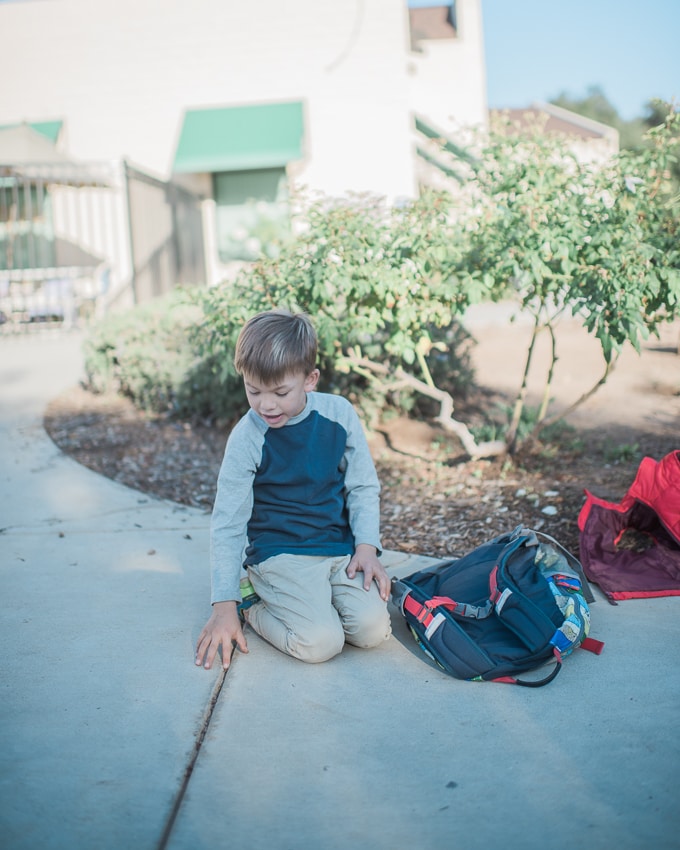
I hear people in the education community talk a lot about how children learn differently. “My child learns kinesthetically,” they'll say, or “Mine is a visual learner.” Debates about curriculum and strategies are endless, with one study proving one methodology and another showing completely different data.
We're focusing so much on how a child learns that we're missing the point. We build curriculum around checklists and practice time and homework and flashcard completion.
In the end, though, all that matters is that he or she does – in fact – learn.
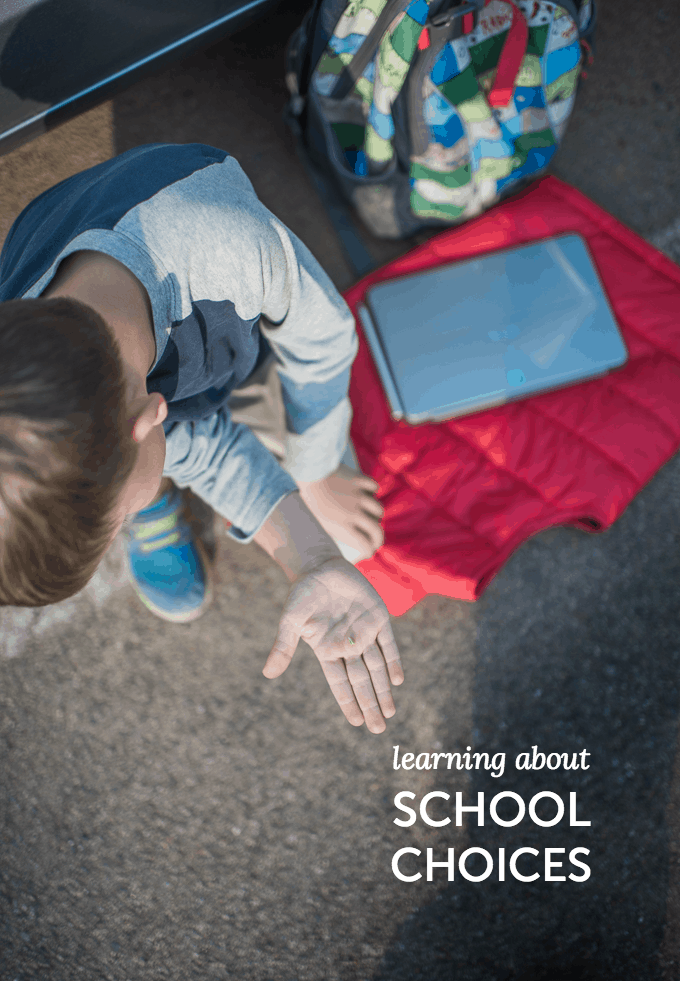
At the beginning of this school year, we enrolled our 5-year-old in a local public school that offers some unique online curriculum.
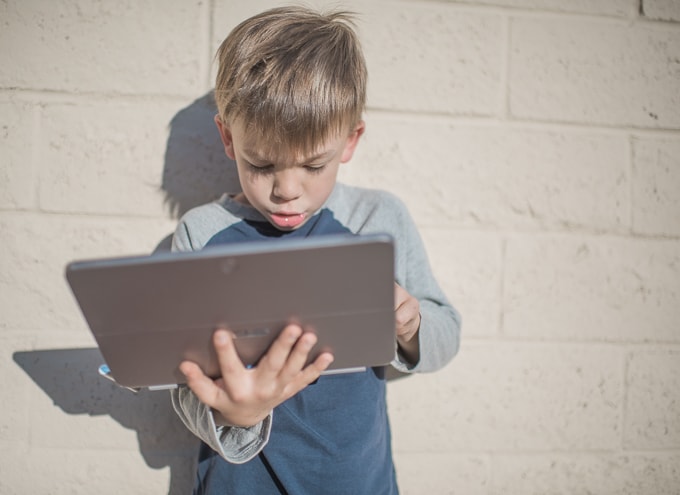
Our initial hope, like many parents, was that our son would be provided with varying educational tools to leverage his own learning style. We read about the district's expectations and how they sought to reach set standards and benchmarks. We grabbed hold of their syllabus and we met with our support people and we tried fifty million ways of banging this stuff into our child's head.
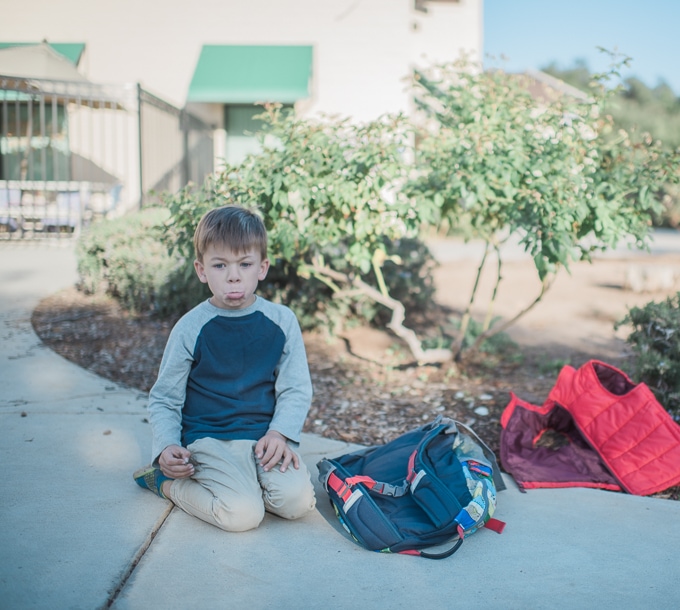
And he was miserable.
And so were we.
Then one day my sister and I were at a park watching one of my younger sons play on a small hill nearby. Over and over again, he did the strangest thing. He'd walk up the hill, turn towards us, and scream bloody murder because he couldn't figure out how to get back down. We'd run over, hold his hand while he tromped his way back to safety, and then do it all over again. It was maddening!
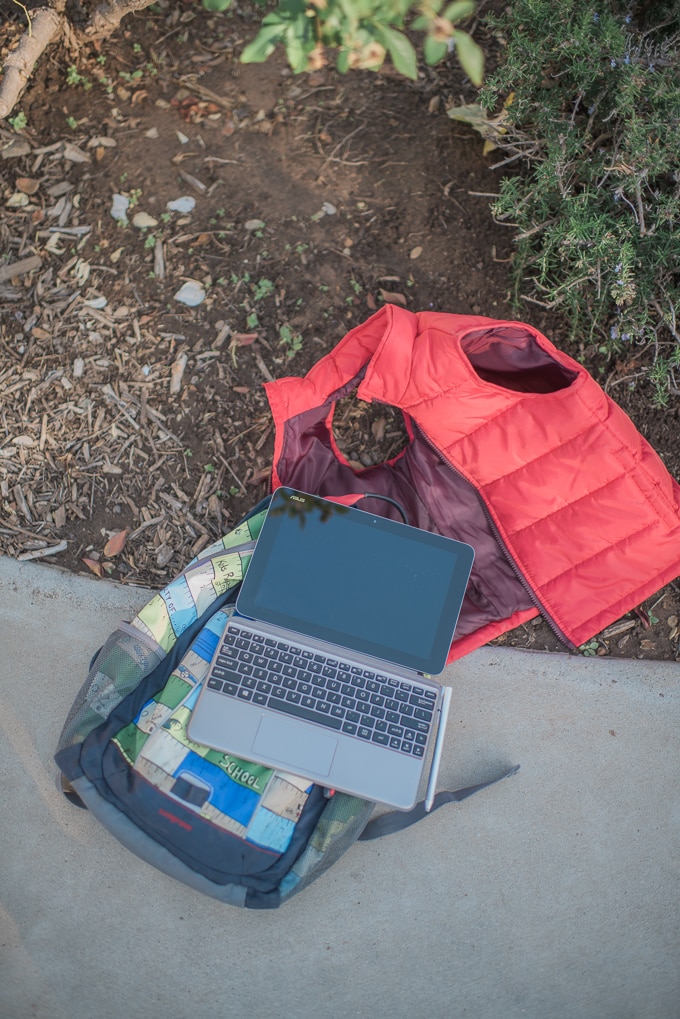
“We learned about this in one of my child psychology classes,” my sister interjected. “It's a pretty major developmental milestone for a toddler to walk downhill. He's obviously capable of doing it, but his mind can't commit yet. Give him a couple weeks.” Their brain has to reach a certain maturity level for them to see the curve in the hill, grasp its concept and internalize it to the point that their body calculates the necessary physical motions.
Practice, in this case, doesn't make perfect. Time does.
Sure enough, he figured it out within a couple months. His brothers had been tackling hills at a much younger age, but ultimately he caught up and he's now running downhill with the best of them. I spent a ton of time stressing out about benchmarks, but comparing his development to anyone else was pointless.
His slower-than-typical descent did no permanent damage in life. If anything, my yelling at him to ‘put one foot in front of the other!' diminished his enjoyment of the park and probably slowed down his learning process.
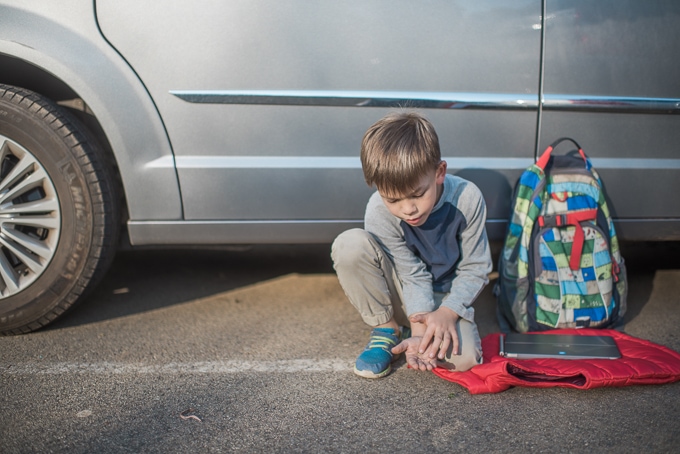
A few days after watching my toddler take his first triumphant steps downhill, I was sitting down with my 5-year-old to tackle yet another assignment. Our ‘word blending' practice involved me endlessly repeating letter sequences. I was supposed to get phonetic feedback from my child, but instead I got a whole bunch of blank stares. Written, visual and audio practice had produced the same result for weeks on end. Suddenly, it was as clear as the sun peeking over that hill my toddler stranded himself on.
My child's brain wasn't ready to grasp this information.
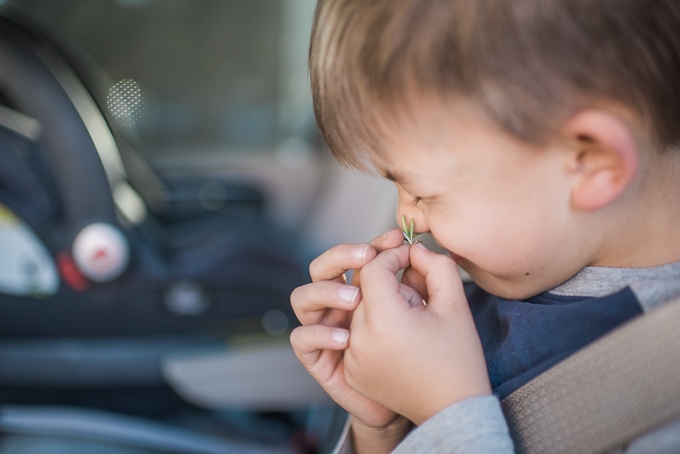
And so, we made a switch. His tech-forward school has a significant online component that allows parents to change up the skill levels and the work that our students are tasked with. Teachers try to stay on-target with certain standards, but parents can intervene and essentially slide the learning curve up or down depending on where we feel our child is at developmentally. I had never tried to slow his pace, not wanting to “rock the boat.” But, frankly, it was glaringly obvious that we weren't even on the boat. Just like those days spent at the foot of the hill, I had to have confidence that my child would get there when he was ready. With my toddler, I took him to the park over and over again to give him the opportunity to grow. With Some Boy, we made a purposeful decision to keep his learning options open and enjoyable.
When I started looking at it as a long spectrum curve instead of a short-term race, we were able to embrace the choices that are best for him.
And he thrived.
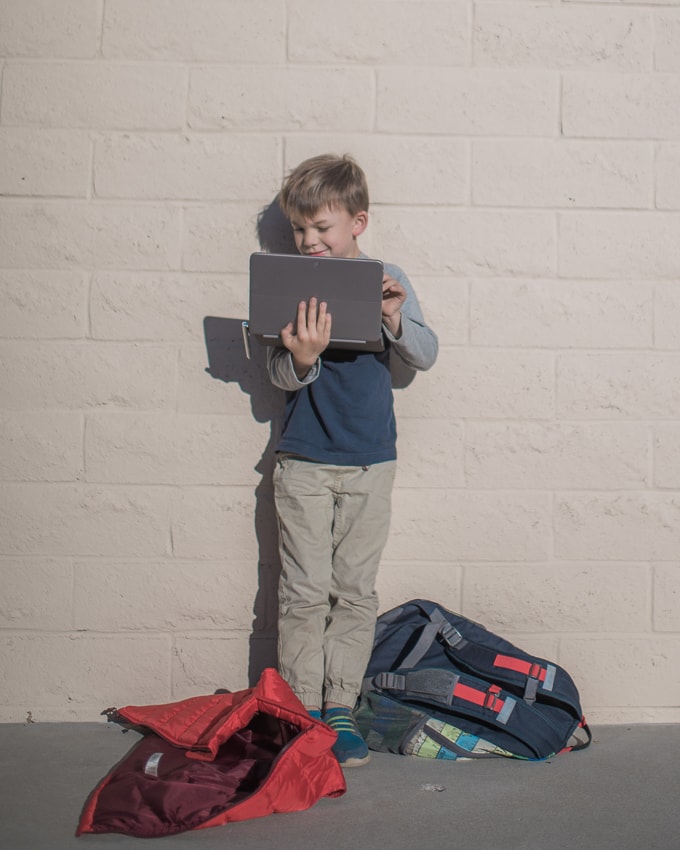
We went ahead and got Some Boy involved in additional online curriculum to fill in gaps where I felt the local school was falling short. We've also started looking into charter options and blended learning programs in our area. We're happy with our current situation, but we want to stay abreast of our options and take a flexible approach to keep up with our kids' learning needs.
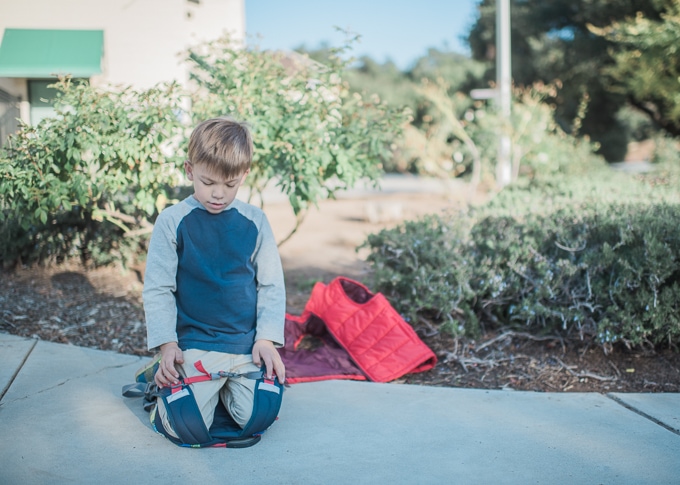
We are now happily doing what I call “modified schooling.” It's not homeschooling, but it's not 100% in-line with the typical public track, either. He's enrolled in the local elementary school but his day has some modifications made to it, with extra time spent on certain subjects and resources kind of compiled to offer him a unique learning experience that matches his unique needs.
When our family has an educational on-the-road opportunity arise, we pull him out for independent study and work up a personalized “learning contract” with a district teacher. It's a good opportunity for us to dive into some of his interests more deeply, and give him a break and time to work through any troubling aspects about the traditional learning environment. Most of the time, he comes back to school after that time period refreshed, happy to see his friends, and ready to learn!
Has your family explored the different school choices for your kids?